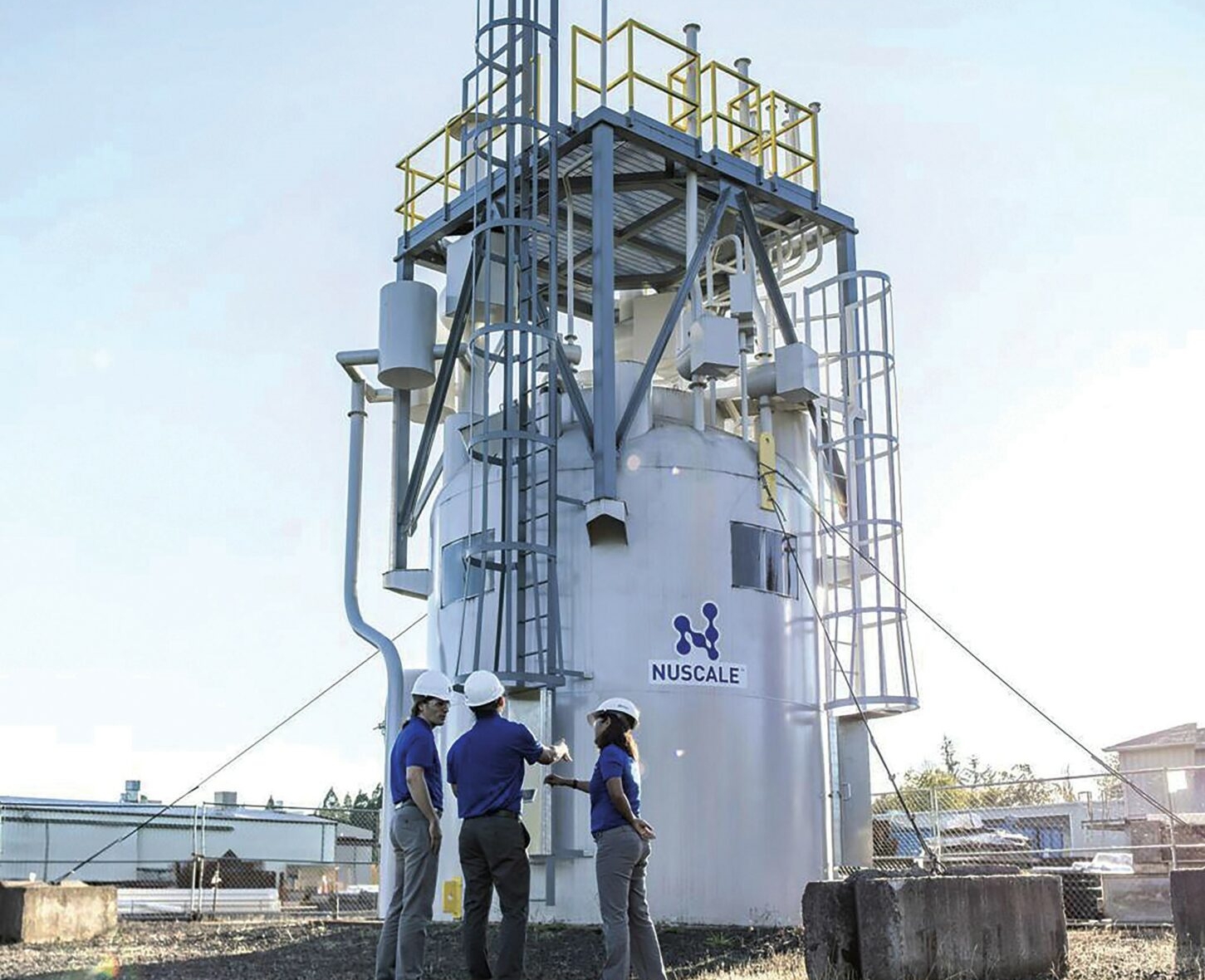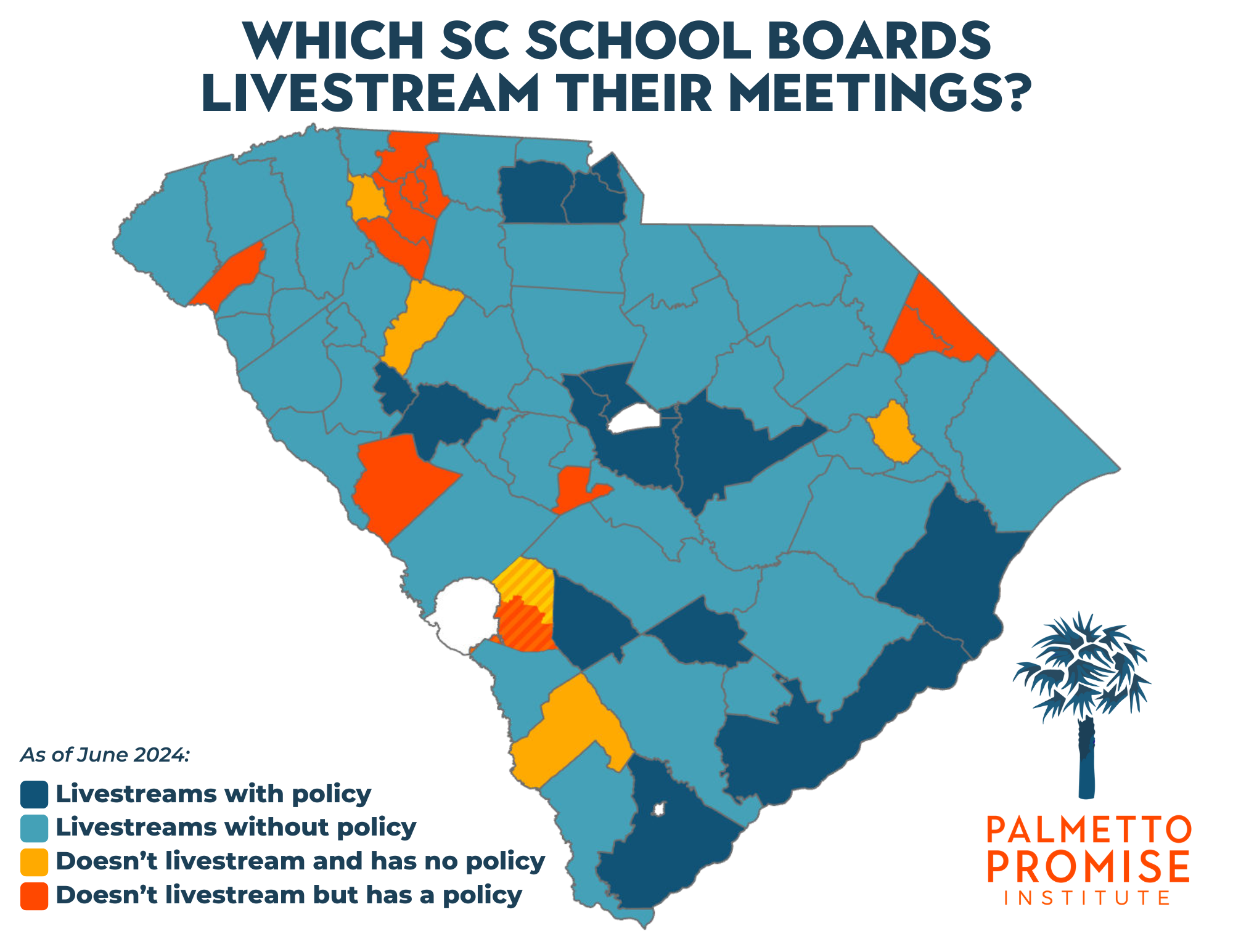How “Regulatory Sandboxes” Can Attract High Tech Jobs to The Palmetto State
An increasingly growing part of the financial services industry is the “fintech” sector, or “financial technology” companies. While you might not have heard of the term fintech, it is very likely you have heard of PayPal, Venmo, or Robinhood. All are fintech.
These companies are transforming the banking industry by bringing financial services to more people at a lower price. Fintech banking is especially important for those who live in rural or poorer areas that lack access to traditional brick and mortar banks.
But, across the country, with the fintech industry innovating at a rapid pace, horse and buggy state regulations that were never designed with the industry in mind are standing in the way of their expansion.
Fintech startups are having difficulty attracting capital due to the uncertainty of regulations in a given state that affect their bottom line. Fintech companies often pay hundreds of thousands, sometimes millions of dollars in a given state just to navigate bureaucratic regulations and get their products to market.
Fortunately, experts in public policy and economics have come up with a solution to this logjam that simultaneously assists fintech companies, protects consumers, and helps government modernize its regulations. And, did we mention that the solution creates well-paying jobs?
That solution is the fintech “regulatory sandbox.” First appearing in the United Kingdom in 2016, this new concept arrived in Arizona in 2018, making that state the first in America with a sandbox law. Since then, multiple states—including Wyoming, Utah, West Virginia, and Florida—have created and implemented sandboxes for various industries including energy, medical technology, and insurance.
Just this year, Utah created the first sandbox open to all industries. The concept is called a “sandbox,” because technology companies are given latitude to operate in a specific defined area, like the boundaries of a sandbox.
In practice, regulatory sandboxes are programs that are run by states that allow companies to test products by selling them to a limited number of consumers for a limited period of time (typically 6 months to several years depending on the sandbox). The state officials running the sandbox waive certain regulations for the product while the company is a participant in the program to ensure that consumers are protected and fairly compensated.
In addition, the companies and the regulators share information on how the “experiment” is going so that regulators can learn how to adapt regulations for the latest innovations. With a sandbox in which to operate for a set period, companies can then see whether their products have the potential for success before deciding to launch them.
According to The Mercatus Center at George Mason University, as long as a regulatory sandbox program is well-crafted, everyone wins. Consumers benefit from innovative products with the bugs worked out, entrepreneurial companies achieve more certainty for the workability of their platforms, state agencies know that their regulations are up-to-date, and (best of all) jobs are created.
All of this matters for South Carolina because there is a good chance that one day soon each state will have its own sandbox. If the Palmetto State doesn’t take advantage of this opportunity now, we could lose out on potential business opportunities to neighboring states like Florida as well as North Carolina and Tennessee, the latter of which will most certainly adopt legislation soon. (A sandbox law will help us compete with North Carolina in particular, which we know all too well is the capital of the traditional banking industry.)
“Regulatory sandboxes” may sound like child’s play, but they are most certainly not. As you read these words, financial technology entrepreneurs are seeking them out. South Carolina must have them when economic development comes calling.







